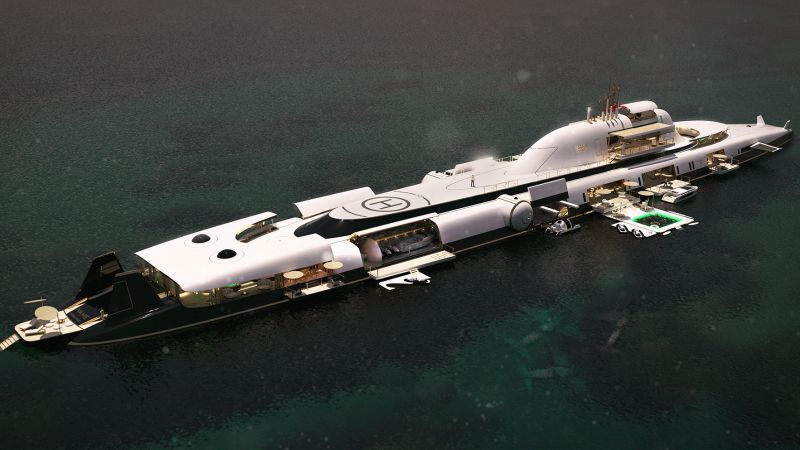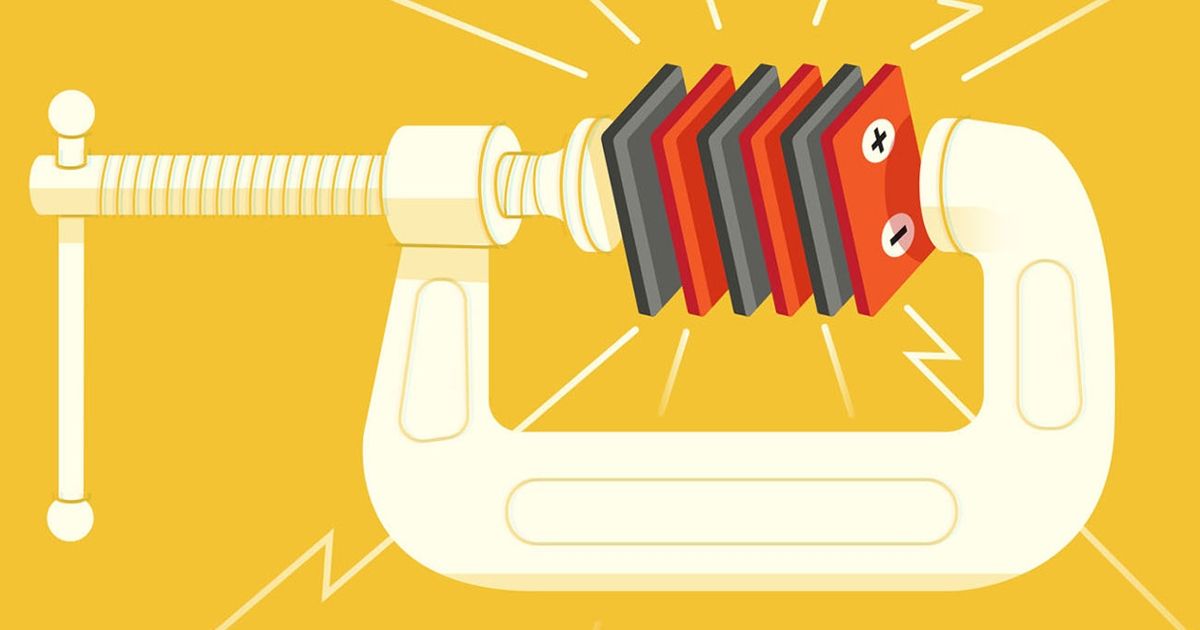
The Battery Revolution Is Just Getting Started
How I loved the Macintosh Portable, Apple’s first laptop, which I bought shortly after it was introduced in 1989. Today, my infatuation seems pretty incomprehensible, though. The thing cost US $7,300. Its display had no backlight. And, most crushingly, the unit weighed more than 7 kilograms (16 pounds)—much of that weight from a lead-acid battery.
Thirty-two years later, our laptops are powered by much, much lighter lithium-ion or lithium-polymer batteries. My lap is relieved, but the battery life is the same—it’s still about 10 hours, as it was with the Macintosh Portable. Batteries have gotten a whole lot better, but they have not gotten Moore’s-Law better.
We’re living in battery-powered times. Incredible amounts of capital are going into gigaplants that produce millions of battery cells per day, and there are rivers of cash flowing to R&D on advanced batteries. There are fortunes to be made and new megacorporations to be built. Not only will batteries be needed for our phones, laptops, power tools, cars, ships, and planes, but also to store energy from renewable sources. Batteries are key to decarbonizing our economies.
It would be great if batteries could improve exponentially, à la Moore’s Law. But it’ll never happen. Gordon Moore himself told us so in his seminal 1965 magazine article, in which he predicted that we would be able to double the number of components in a digital integrated circuit every year for the next 10 years (turns out he was a pessimist). He also said that the same sort of performance increase would not happen for devices that needed to store energy.

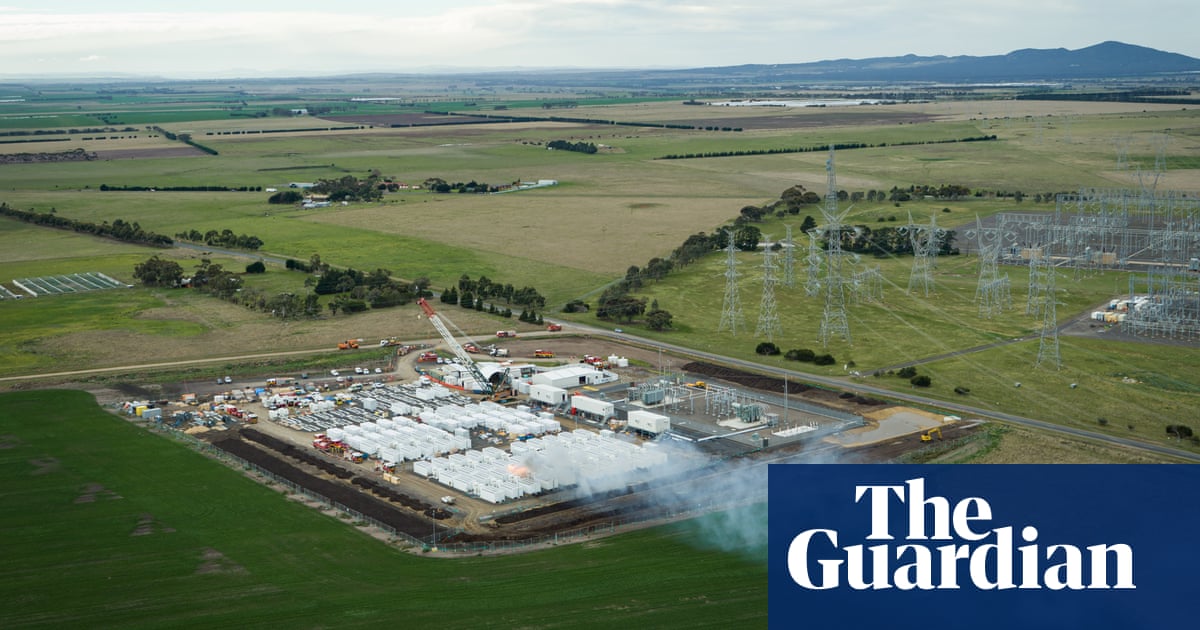


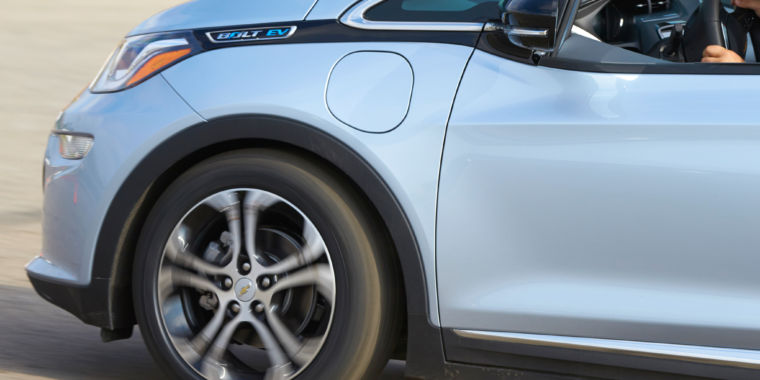


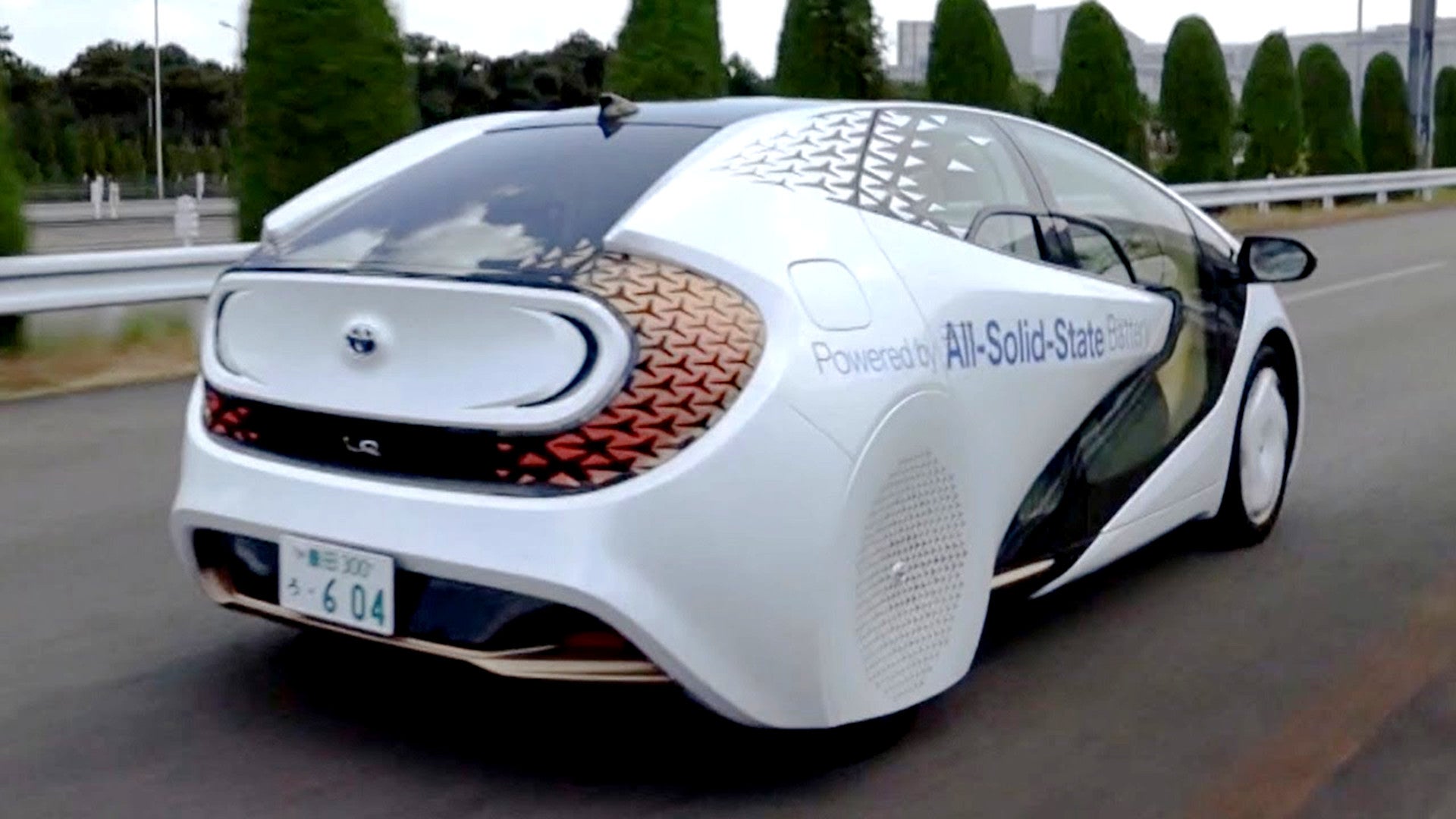






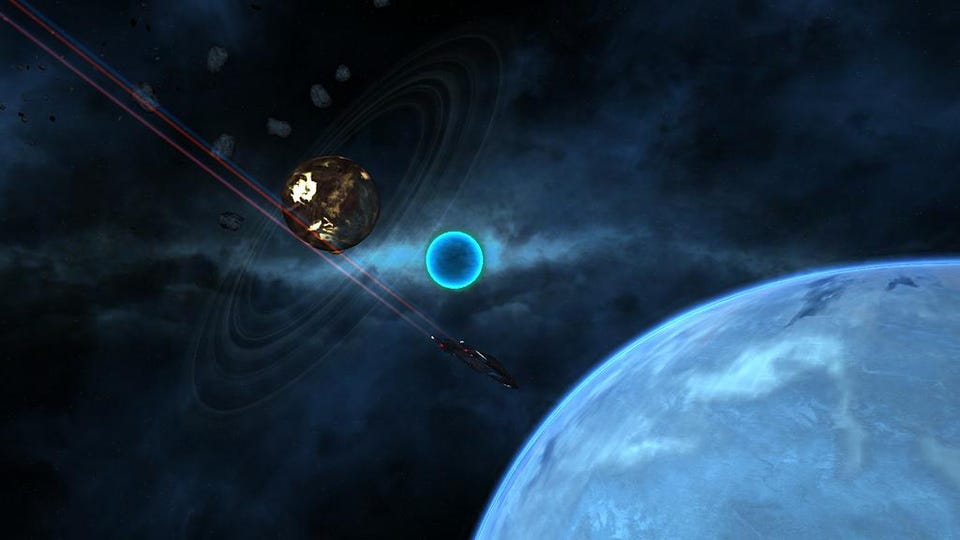


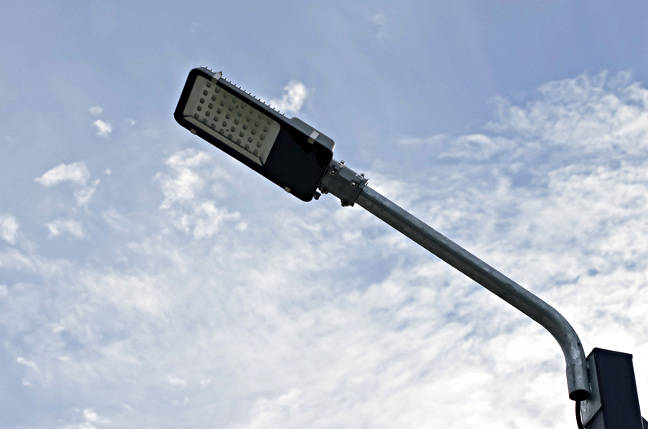



/cdn.vox-cdn.com/uploads/chorus_asset/file/23906794/VRG_Illo_STK022_K_Radtke_Musk_Bolts.jpg)
